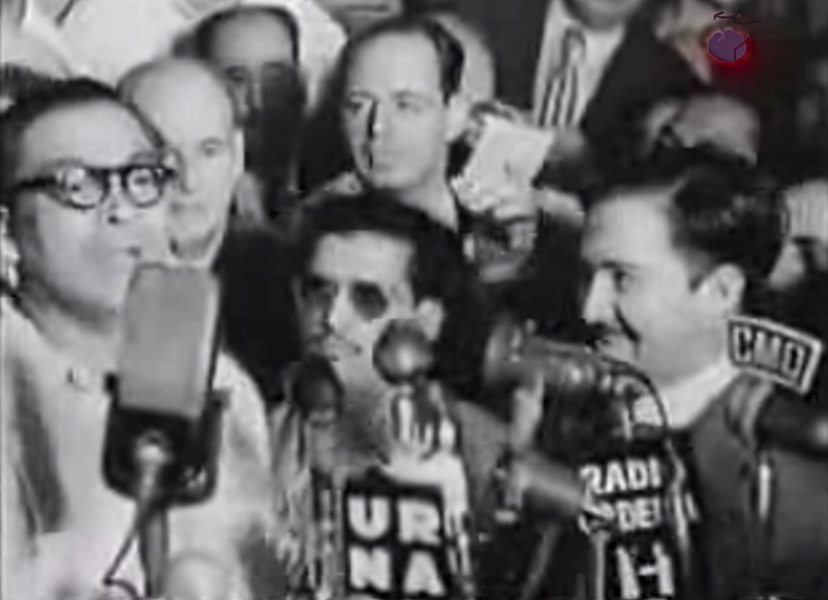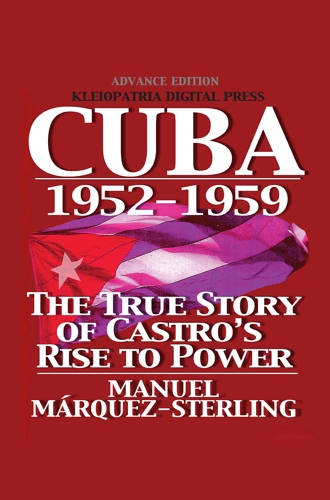Cuba History Timeline Events
March 10, 1952
Fulgencio Batista leads a group of disaffected military officers and a handful of political activists to overthrow President Carlos Prío Socarrás [1948-1952] in a bloodless coup. The coup plotters encountered almost no resistance, exploiting public revulsion against a government that had lost public respect and confidence being widely regarded as corrupt and incompetent, and incapable of dealing with increasing civil unrest and violent crime.
Batista had been involved in the overthrow of Gerardo Machado’s dictatorship in 1933, and by 1934 had become a power and king maker in Cuban politics. Over 1938-1939, realizing that he had to compromise with strong civic opposition, Batista supported return to constitutional rule and drafting of the Constitution of 1940. Batista was then elected president for the term of 1940-1944. Honoring constitutional term-limits and his candidate’s electoral defeat in 1944 to Ramón Grau, Batista moved to Florida. He returned to Cuban politics and was elected senator in 1948, and in 1952 ran as a presidential candidate. The polls before the election indicated he was running a distant third behind the Auténtico and the Ortodoxo candidates.
Batista’s 1952 coup provoked immediate and strong political opposition. The opposition had two major wings: revolutionaries who saw violent overthrow of Batista as the solution; and electoralists/constitutionalists who sought to remove Batista through political means.
The Batista government was swiftly recognized by most free world countries, including the US on 27 Mar 1952.
based on Manuel Márquez-Sterling's Cuba 1952-1959 and
Cuba 1952-1959 Interactive Timeline
Cuba 1952-1959 Interactive Timeline




 Mobile subscription
Mobile subscription



No comments:
Post a Comment